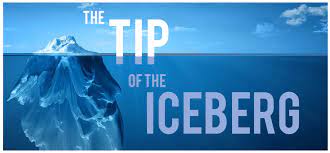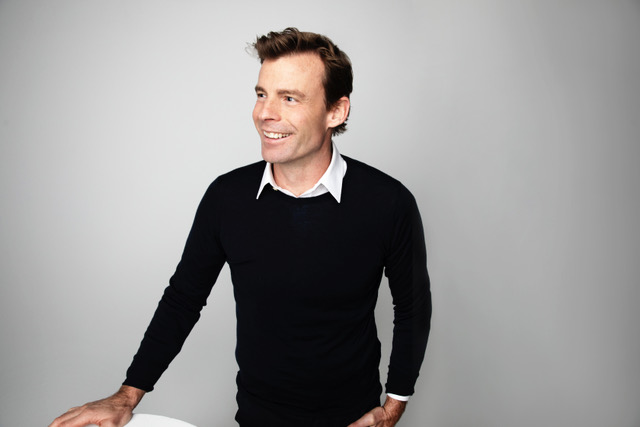
One of the driving reasons we started the Franchise GrowthLab Consulting came from a combination of our experience building franchise brands across North America and my having seen so many brands launch during my time as Chair of the Canadian Franchise Association. And being in this position, I get asked the question “how do I franchise my business” at least every other week.
This question made us realize that Canada does not have a franchise start-up problem, it has a franchise scale-up problem.
In the U.S., approximately 400-500 new brands emerge every year; in Canada, our best guess is 75-100.
But out of these 600+ new brands launching every year, only a handful will ever grow to 100+ units. In fact, the majority (over 90%) will not make it past 25 locations.
Why? There are many reasons. Brands start their franchise business too early. Brands start their franchise business with too little capital. Brands launch that should never become a franchise business in the first place. Brands launch before their economic model is fully developed. Brands launch thinking that all they need is an operations manual and an FDD and it’s time to franchise. Brands launch and never learn how to be a franchisor. Brands launch without the proper marketing systems in place (and wonder why their franchisees aren’t as successful as their own corporate franchise).
I could create a list 100 items long to count all of the ways that franchisors start their franchise business incorrectly. It is why we launched The Hartify Method for Starting a New Franchise program. Quite frankly, we were tired of seeing so many systems launch without success. We do A LOT of work with brands after they launch, helping them backfill the systems they need in order to scale properly. (I will add that we also work with a number of systems which have built amazing businesses and come to us to build “great” instead of just “big” brands).
When I am asked “how do I franchise my business?” most entrepreneurs expect that all they need is an FDD and an ops manual and they are ready to go. Too many franchisors do not understand their true unit economic model, and how to maximize it. And too many systems lack the understanding of how to train and launch a new franchise partner successfully.
I’ve come to realize that at the Franchise GrowthLab, we start up franchise systems VERY differently than anyone else.
To franchise your business the right way, you need a few things.
First (and this absolutely comes first, before you visit a lawyer to build your FDD), you need to do a full deep dive and analysis of the unit economics of a franchise. When we work with a brand at the launch stage, we spend the first month highly focused on this part of the business. What is the ROI for a franchisee investment? How long before break even? How much cash do they actually need to operate the business until ramped up? What is the ramp-up truly like? What are all the key metrics and critical numbers that drive the business? And what are the levers that drive these critical numbers?
I always tell founders that their franchisees won’t do as well as they do. Exceptions withstanding, most franchisors launch because the founder built a highly successful initial location, largely on their charisma and ability to hustle and get it done until it is successful. A franchisee will be different, which is why they are a franchisee and not the founder! So at Hartify Franchise Consulting, we’ve come up with a “founder discount” when building our models out, that proves eerily accurate.
Next, we move on to the ops manuals. Knowing that your franchisees probably won’t read them (and if they do read them, won’t follow what is in them), we take a bit of a radical departure from the norm.
I love reading ops manuals built by “professional” ops manual writers – full of boilerplate templates that detail what cleaning supplies you need, how to vacuum the floors properly, you know, all the stuff that has nothing to do with actually making the franchisee successful in the business! (Most franchise manual writers have never actually built a franchise system.)
Knowing that your franchisees have limited time to be trained and you have limited resources to provide training, the key is honing in on the MUST HAVEs that the partner absolutely has to nail in order to build a successful business. Of course, you have to build in the “pretty important” things too, but they are just extras. If you actually want your Zees to read your ops manuals, then write them in a way that will make them want to read them (hint: follow your brand guide). Oh yeah, you might not have one when you launch your franchise system. Oops (it is also an important MUST HAVE).
Now we are ready for legal. By this time we have done a deep dive analysis of every aspect of the business. Only once we have pinpointed the true MUST HAVES of the business, and understand the economic model fully enough that we can build the business model for the franchisor, can we embed it all into the FDD and agreement. We work closely with our lawyer partners at this stage, embedding the right components we need compliance around, and ensuring all the best practices we know are in place so that five or 10 years from now the right systems are in place to protect the brand.
Once the MUST HAVES of the ops manuals are clear, we can begin to design franchisee training. Here is what we know about training: your franchisees will forget most of it. We all make this mistake when we start out (I certainly did!): we cram as much as we can into one or two weeks of training, and firehose our poor franchisees with so much info that they can’t actually take it in. When I was building, it got to the point where I would actually say to a partner, take really good notes because you will probably only remember 10% of what we cover this week. Ha! (sorry franchisees!)
At Hartify Franchise Consulting, we advise our clients to break training into bite-sized chunks, and it starts the day after a franchisee signs the agreement.
Once we have the training system down, we can then execute on two key franchisor systems:
- The Franchise Development process. I rarely, if ever, meet an emerging franchisor who really understands how to sell franchises, and in addition, how to generate leads to be able to actually sell franchises.
- The Coaching, Onboarding and Support process. How do you actually help drive your franchisee’s performance? What does support look like? What’s the system? What’s important? How do I keep my relationships strong? How do I ensure compliance? What do I structure compliance around? From Day 1, we incorporate the key systems a franchisor will need to grow a system through the 10, 25 and 50-unit marks.
And finally, we focus on the franchisor scale-up model. What does growth look like? How much capital do I need? When do I need to make my first hire? Second, third? What are these positions and what will these key people do?
As you can see, a lot goes into starting a new franchise business. I’m tired just writing this! It’s why we only take on a few franchise launch clients per year.
But you should see how successful our client’s launches are! And I bet they become the select few that break through the 10, 25 and 50 franchise unit marks.
To learn how to start your new franchise business from one of North America’s franchise experts, learn about The Hartify Method for Starting a New Franchise here.
After starting multiple franchise businesses, building and running multiple franchise brands, spending 15 years immersing ourselves into all things franchising, learning how to build a world-class organization, and of course, answering the question “how do I franchise my business” at least 150 times, we have compiled our learnings into our “Top 10 Habits of Best in Class Franchisors.” Free download below.



